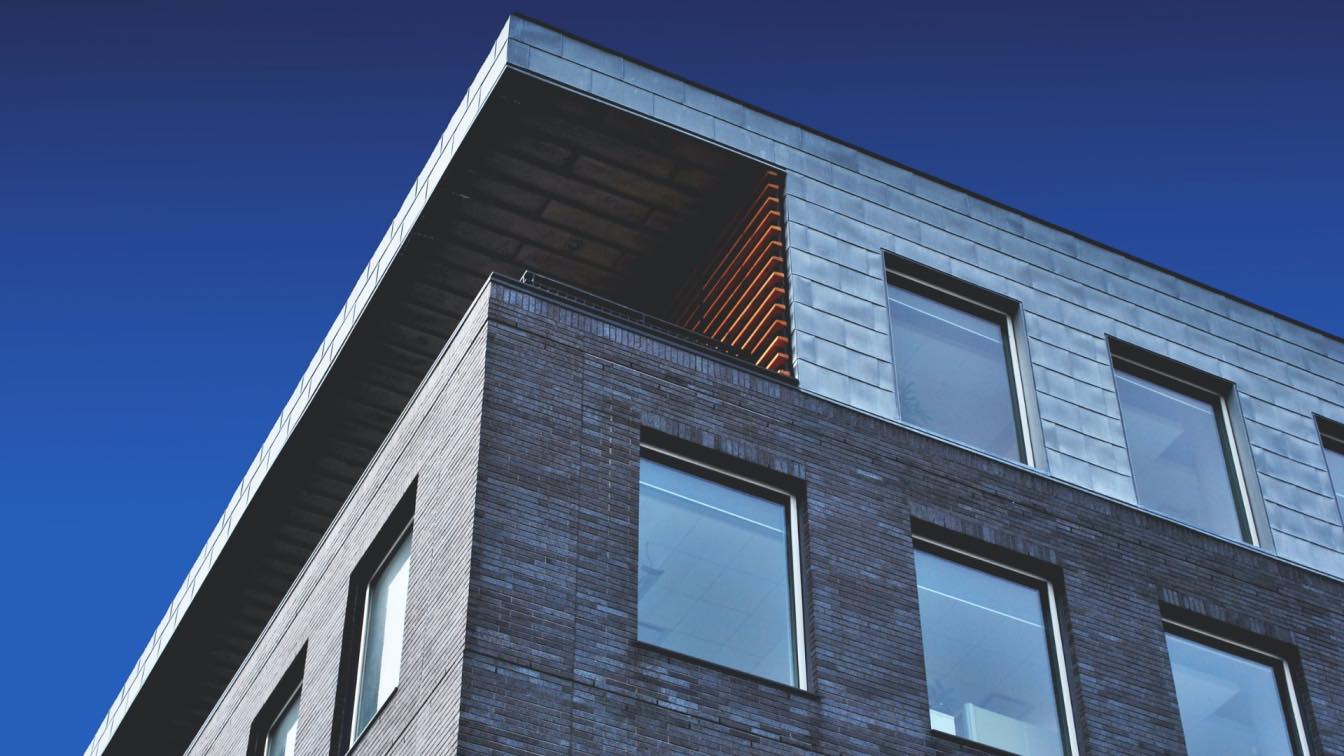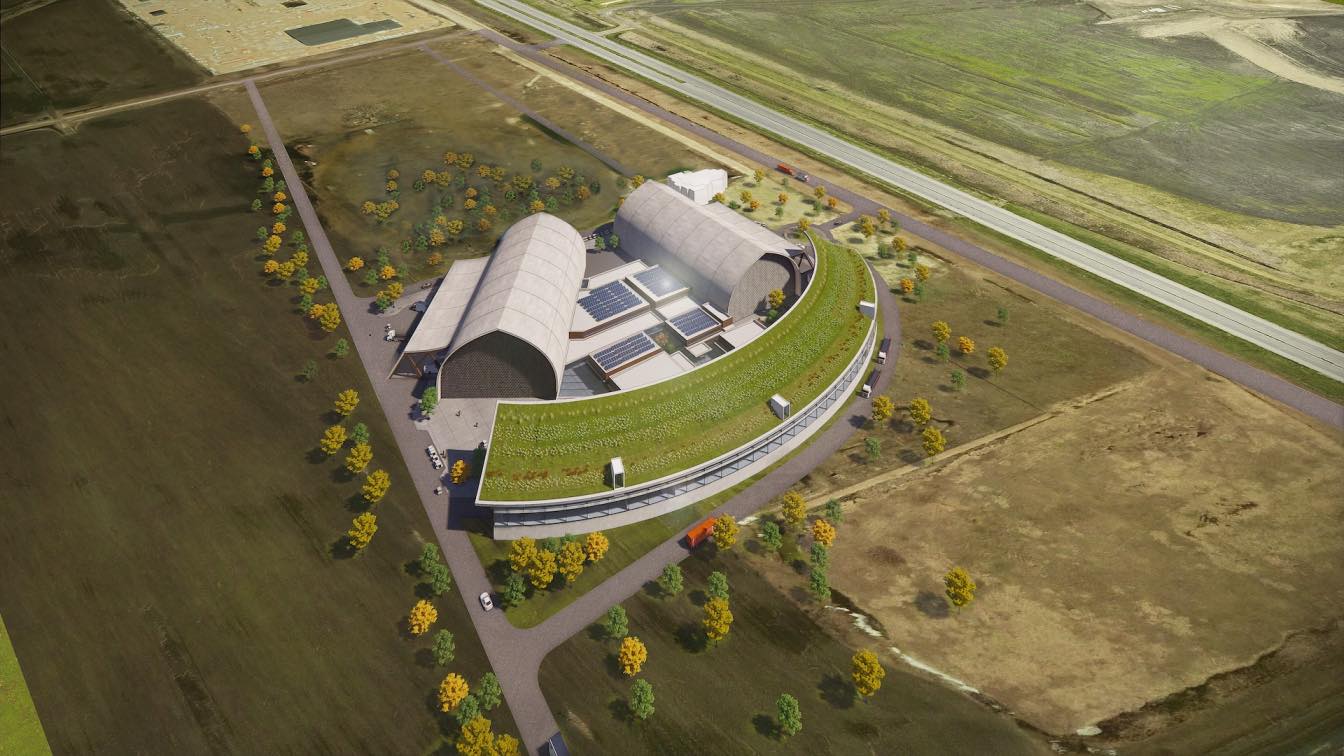In Bangkok, where temperatures regularly exceed 90℉, one office building is now protected with metal screens angled to deflect direct sunlight from its exterior surfaces and allow wind flow for ventilation. As a result, the interior of the building is kept comfortably cool throughout the day. As temperature extremes and adverse weather conditions become more common, protecting the exterior of buildings with innovative cladding and sustainable solutions for roofing is now a priority for many architectects. By working with the elements, designers are able to create homes that can withstand strong winds, stormwater runoff and severe climates, while at the same time harnessing their valuable energy.
Environmentally-Friendly Roofs Harness The Elements
Although it can be challenging, creating and maintaining an eco-friendly roof brings many benefits to a home. As well as choosing sustainable roofing materials, with the addition of solar panels or a small wind turbine even a traditional slate roof becomes environmentally-friendly as it generates a valuable source of renewable energy to power the building. A simple green roof planted with low growing sedums and succulents offers natural insulation to regulate indoor temperatures and, together with other roof gardens, can help to reduce heat islands within cities. In areas vulnerable to sudden and heavy rainfall, buildings can be protected with blue roofs which incorporate devices to control water flow. These are a cost-effective way to retain and slowly release stormwater in order to minimize flooding and the overflow of drainage systems on the ground.
Exterior Details Provide Thermal Comfort
While the sun generates valuable low-carbon energy, in some areas of the world it also raises indoor temperatures to an uncomfortable level. To deal with the heat, Insulation, natural ventilation and shading can all help to create a climate-resilient home that is protected against extreme temperatures. In a model home retrofitted with the help of researchers from Harvard University, all three of these environmental adaptation measures are included. Windows are designed to open and close independently and are fitted with external protruding shades that provide relief from the sun which, together with other features help, to reduce energy consumption and sustain a constant and comfortable interior temperature.
Resistant Structures Accommodate Strong Winds
Houses on stilts are growing in popularity in coastal areas which are prone to hurricanes. In addition to benefiting from stricter building codes, homes in the Florida Keys raised on reinforced concrete pillars were better able to withstand recent storms that destroyed older, less resilient buildings. As well as providing stability for homes near the shoreline, stilts provide stability, allowing flooding, storm surges and strong winds to pass beneath the building without causing damage.
As temperatures rise and adverse weather events become more common, creating climate-resistant buildings is a priority for designers. From sustainable roofs that harness the sun and the rain, to raised foundations to accommodate strong winds and flooding, innovative external features can help buildings to withstand any type of extreme weather.





